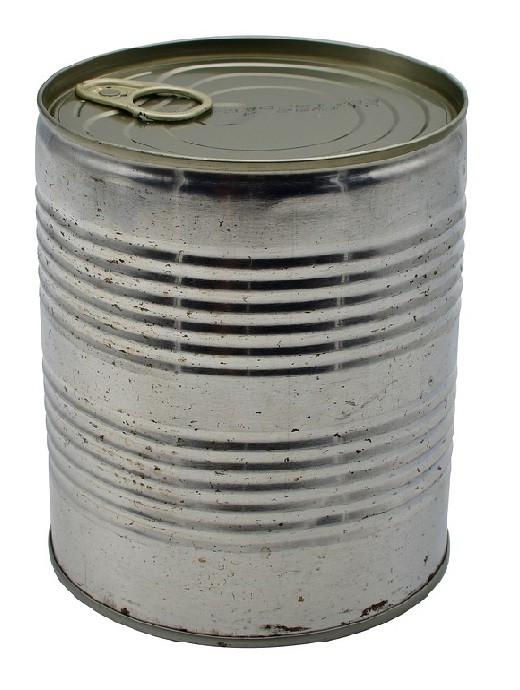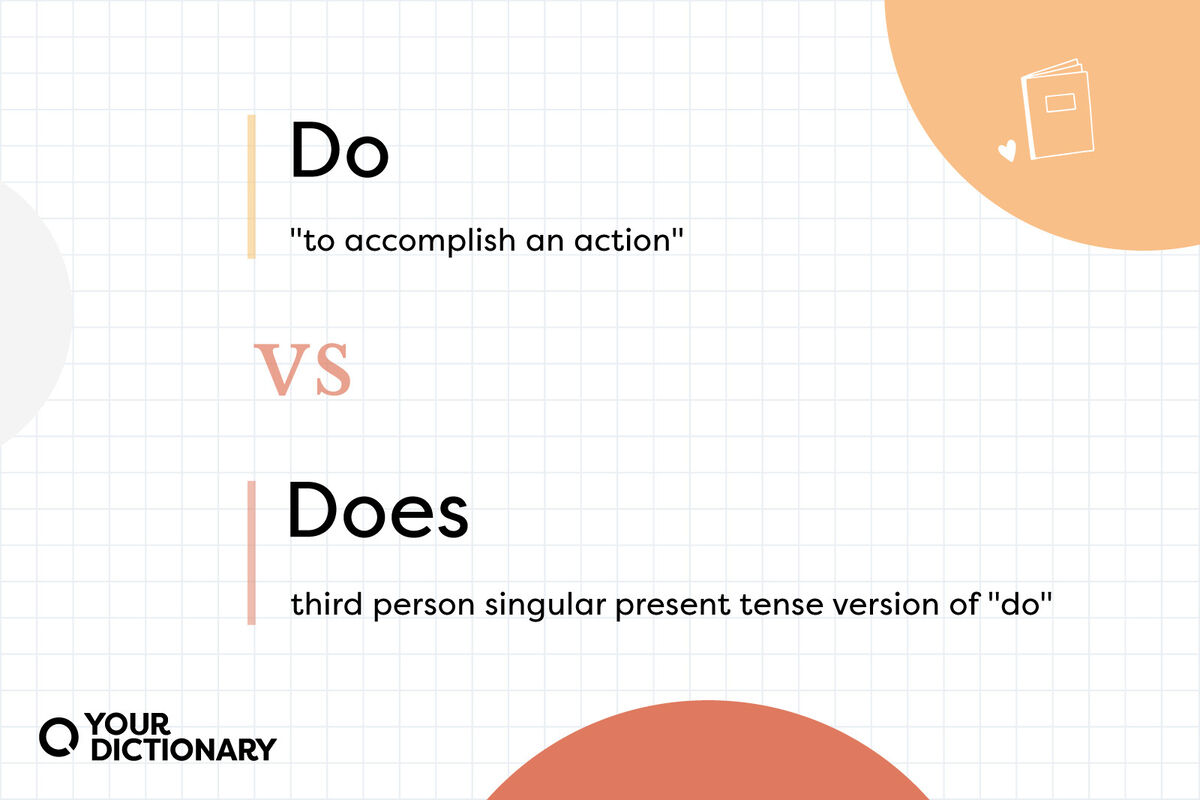Part Exchange and Car Finance: What You Need to Know
Part exchange and car finance: understand your options
Trade in your current vehicle as part exchange when it’s stock still on finance is a common scenario many car owners face. The good news is that yes, you can typically part exchange a car that’s stock still on finance – but there be important considerations and processes you need to understand before proceed.
How part exchange work with financed vehicles
When you part exchange a car that’s stock still on finance, you’re fundamentally used the trade in value of your current vehicle to contribute toward the purchase of a new one. Still, since you don’t technically own the car unlimited until the finance issettlede, there be additional steps involve.

Source: hippomotorfinance.co.uk
The settlement figure
The first step in part exchange a finance car is to obtain a settlement figure from your finance company. This is the amount you need to pay to clear the remain finance and take ownership of the vehicle. The settlement figure typically includes:
- The remain balance of your loan
- Any interest that will accrue until the settlement date
- Potential early repayment fees (depend on your agreement )
Your finance provider is lawfully obligate to provide you with an accurate settlement figure upon request, which is normally valid for a limited period (oftentimes 7 14 days )
Equity vs. Negative equity
When part will exchange, your financial position will fall into one of two categories:
Positive equity
If your car is worth more than the outstanding finance (the settlement figure ) yoyou haveositive equity. For example, if your car’s trade in value is $12,000 and your settlement figure is $$10000, yoyou hav$2,000 in positive equity that can go toward your new vehicle purchase.
Negative equity
If your outstanding finance exceeds your car’s value, you’ve negative equity( sometimes call being” top downwards ” n your loan ))For instance, if your settlement figure is $ 1$150 but, butr car is but worth $ 1$120, you’you hav$300 in negative equity that youyou willed to will address.
The part exchange process for financed cars
The dealer will handle your part exchange will typically will manage much of the process, but understand each step will help will ensure you get a fair deal.
1. Valuation of your current vehicle
The dealer will assess your current car and will provide a valuation. This valuation should be compared with independent sources such asKelleyy blue book orEdmunds to ensure it’s fair. Remember that dealers typically offer trade in values below private sale prices.
2. Settle the outstanding finance
Once you’ve both the settlement figure and the valuation, the dealer will typically:
- Pay the finance company direct to clear your loan
- Handle the necessary paperwork to transfer ownership
- Apply any positive equity to your new purchase or require additional payment if you’ve negative equity
3. Finalize the new agreement
With the old finance will settle, you will complete the paperwork for your new vehicle and any new finance agreement you’re will enter into.
Deal with negative equity
If you’re in a negative equity position, you have several options:
Pay the difference
The simplest approach is to pay the difference between your settlement figure and the car’s value out of pocket. For example, if you’re $3,000 in negative equity, you’d pay this amount to clear the deficit.
Roll over the negative equity
Many dealers allow you to roll the negative equity into your new finance agreement. While this will require no immediate payment, it means you’ll be will finance both your new car andtheye will remain debt from your previous vehicle. This increase your loan amount and monthly payments and can put you at risk of start your new agreement already in negative equity.
Delay the part exchange
If possible, continue with your current payments until you reach a break flush point (where the car’s value equal the outstanding finance )can be financially prudent.
Types of car finance and their impact on part exchange
The type of car finance you’ve will affect how straightforward the part exchange process will be.
Hire-purchase ( ( )
)
With hp agreements, you’re work toward own the vehicle. Part exchange is comparatively straightforward as the settlement figure understandably define what you owe, and you’re on a path to ownership.
Personal contract purchase (pPCP)
PCP agreements are design with a significant final payment (balloon payment ) When part will exchange mimid-agreementyoyou willeed to will settle the entire remaining balance, will include the balloon payment. This much result in negative equity, peculiarly in the early years of the agreement.
Personal contract hire (pPC))r leasing
With lease agreements, you ne’er own the vehicle, so part exchange in the traditional sense isn’t possible. Alternatively, you’d need to end your lease other (ordinarily incur penalties )before enter a new agreement.
Voluntary termination as an alternative
If your ststruggledith finance payments and consider part exchange as a solution, you should know about voluntary termination rights. Under the consumer credit act, once yyou’ve paid50 % of the total amount payable on hp or PCP agreements, you can return the vehicle and walk out without further obligation.
This can be a better option than part will exchange with significant negative equity, though it’ll appear on your credit file (without negatively will impact your credit score )
Prepare for a successful part exchange
Research your car’s value
Before approach dealers, research your car’s trade in value use multiple sources. This knowledge give you negotiate power and help you identify immoderately low offers.
Obtain multiple quotes
Don’t accept the first valuation you receive. Visit several dealers or use online valuation tools to get competitive offers.
Improve your car’s condition
Basic preparation can increase your car’s value:

Source: gocarcredit.co.uk
- Clean the interior and exterior exhaustively
- Address minor cosmetic issues
- Ensure all service records are available
- Fix any warning lights or obvious mechanical issues
Time your part exchange strategically
If possible, time your part exchange to maximize value:
- Convertibles oftentimes command higher prices in spring and summer
- 4x4s and SUVs may be more valuable in winter months
- Consider wait until you have positive equity or at least break yet
Common pitfalls to avoid
Focus solely on the monthly payment
Dealers may emphasize how they can keep your monthly payment similar despite roll in negative equity. Perpetually look at the total cost of the new finance agreement, not fair the monthly payment.
Not disclose finance
Invariably be upfront about outstanding finance. The dealer will discover this during checks, and transparency will help build trust and will avoid complications.
Skip the fine print
Cautiously review all documents, peculiarly regard how the settlement of your exist finance is handle and any fees involve in the process.
Rush the decision
Part exchange a finance car is a significant financial decision. Take time to understand all implications, peculiarly if negative equity is involved.
Alternative options to consider
Sell privately
Private sales typically will yield more money than part exchange, though they’ll require more effort, andyou willl need to will settle the finance 1st or will arrange for the buyer’s payment to go direct to the finance company.
Car buying services
These services offer convenience between private sales and part exchange. They typically offer more than a dealer’s part exchange value but less than private sale prices.
Refinance
If your credit score has improved since take out your original car loan, refinance might offer better terms without the need to change vehicles.
Legal considerations
Part exchange a finance car involve legal obligations to both your finance company and the dealer:
- The finance company have a legal interest in the vehicle until the loan is settled
- Sell a finance car without settle the finance 1st is illegal
- The dealer must conduct a hip check to identify outstanding finance
Final thoughts
Part exchange a car on finance is sure possible and much aboveboard, peculiarly when handle by reputable dealers. The key is understood your financial position, specially whether you have positive or negative equity, and make informed decisions about how to proceed.
By obtain accurate settlement figures, research your car’s true value, and understand all your options, you can navigate the part exchange process successfully and transition to your new vehicle with confidence.
Remember that while dealers can make the process convenient, their primary goal is to sell you a new vehicle. Take time to understand the financial implications of your part exchange ensure you make the best decision for your circumstances.



